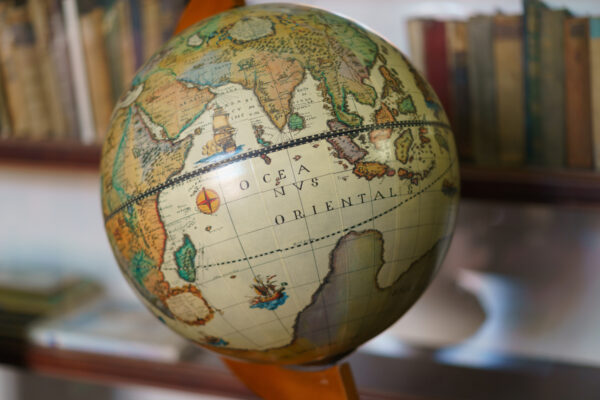Designed in the 16th century by the Flemish cartographer Gerardus Mercator to facilitate maritime navigation, the Mercator projection distorts the true proportions of the planet. It significantly enlarges areas near the poles, such as North America or Greenland, while compressing those near the equator, like Africa and South America. Thus, a Greenland of 2.16 million km² appears almost the size of the African continent, which actually spans 30.3 million km² and could contain Greenland fourteen times over. For many experts, this visual distortion contributes to maintaining a mistaken perception of Africa as a “marginal” space, when it is actually the second largest continent in the world, home to over one billion people, as reported by News.Az citing Reuters.
“It may seem to be just a map, but in reality, it is not,” said Selma Malika Haddadi, vice president of the African Union Commission, denouncing a model that influences how the media, education, and even public policies perceive the importance of Africa.
The “Correct the Map” campaign, led by organizations Africa No Filter and Speak Up Africa, promotes the Equal Earth projection, designed in 2018 to accurately represent the size of countries and continents. “The current size of Africa on maps is incorrect. It is the longest-running misinformation campaign in the world, and it must stop,” says Moky Makura, executive director of Africa No Filter.
For Fara Ndiaye, co-founder of Speak Up Africa, the issue directly affects African identity and pride, especially among children exposed to the Mercator projection from an early age in school. She explains that efforts are underway to have Equal Earth adopted in African school textbooks and encourage its use by major international institutions.
Haddadi specifies that the African Union’s support is part of a broader strategy to “restore Africa to its rightful place on the world stage,” as calls for reparations for colonialism and slavery increase. The organization plans to advocate for widespread adoption of this new map among its 55 member states and initiate discussions on collective actions.
While the campaign progresses, the Mercator projection remains prevalent, especially in schools and on digital platforms. For example, Google Maps adopted a 3D globe view on computers in 2018, but still uses the Mercator projection by default on its mobile applications.
Promoters of Equal Earth seek to convince institutions like the United Nations and the World Bank to abandon Mercator. The World Bank already indicates using Equal Earth or Winkel-Tripel for its static maps and gradually reducing the use of Mercator online. The UN, on the other hand, notes that any modification would require examination and approval by its expert committee.
The African initiative is also receiving increasing support outside the continent. Dorbrene O’Marde, Vice President of the Reparations Commission of the Caribbean Community (CARICOM), praises Equal Earth as a rejection of the “ideology of power and domination” conveyed by Mercator for over four centuries.


